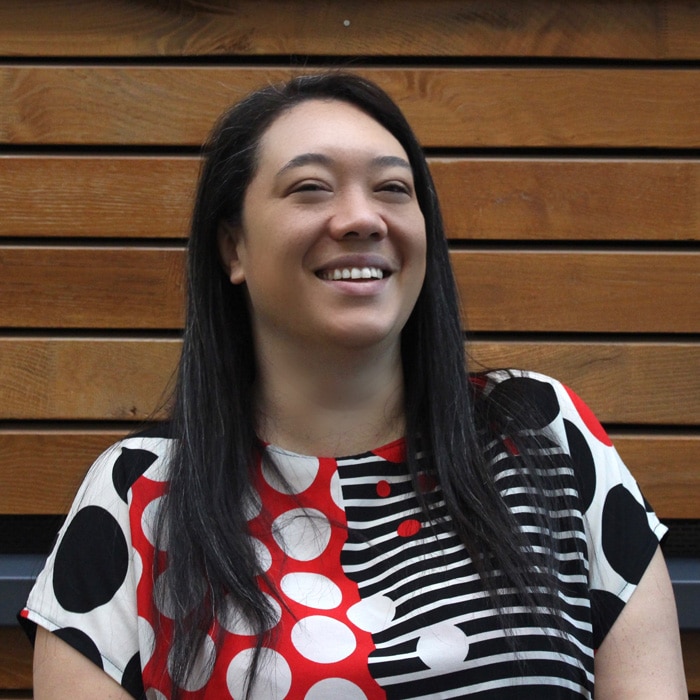Diversity and Inclusion, or D&I, as it’s often shortened to, is a theme that seems to be covered more and more in various sectors. Joanne Lockwood who is a go-to expert and speaker on the subject is joining us on the Green Umbrella Live Lunch next week to discuss the topic in regard to social media marketing.
D&I is a worthy subject, and there are various aspects of the conversation I would love to get into. For now, however, I’m just going to take a very top-level look at one of those aspects. The intention of this particular article is to simply plant a seed and get you thinking about how your marketing strategy is contributing (or not) to achieving a diverse audience.
Forget knowing – Do you understand your audience?
As Marketeers, we’ll talk about creating avatars of our ideal client or customer, or producing personas. Let’s be honest – the usual starting place for most when creating these is to think male/female, age, location, the type of job or level of education… but in today’s inclusive world, these generalisations of what is typical or ideal just aren’t that simple. So we need to dig deeper and really understand the interests and behaviours and focus on those.
But what does that mean?
At Green Umbrella, I would describe our most general Avatar in the following way:
- Someone who has responsibility for implementing a day-to-day digital marketing strategy but lacks the time, the courage or the knowledge to do this without external assistance.
- They’re probably Googling how to’s around social media usage and strategies.
- They’re likely working for an independent business, with a high probability that they are working in a flexible role. Alternatively, they’re the business owner and running a lifestyle business.
- They will have aspirations and will be looking to grow the business they are involved in.
There’s no reference to gender, age, education, background, sexuality, nationality or religion in the above. But, there are several references that we can use to create content that stirs emotion, creates affinity and to put it simply would resonate with our target audience. (Side note – if you’re struggling, we’ve written a free guide on defining your ideal client!)

We need to accept – we’re not always going to get Diversity and Inclusion in Marketing right
Unfortunately, (and I hate to be the one to break it to you) we are all human. Have you been in a situation where you’re confronted with someone, and you suddenly become very aware of your unconscious biases? Maybe it’s someone with obvious tattoos and piercings you’re intentionally not judging. Perhaps you are overthinking which pronouns you should use in reference to an individual?
The truth is, as aware as we are in these situations, we will get things wrong, we will become uncomfortable due to a lack of knowledge or an overt need to be politically correct. There won’t necessarily be time to objectively look at the response.
When it comes to your social media marketing messages, however, – you do have the time to stop and think. You do have the time to consider what messages you’re putting out there and how those messages might be received.
Even then, however, sometimes we’ll still get it wrong. In previous years we’ve seen stories of some of the biggest fashion houses in the world getting it wrong and creating ‘blackface’ designs that have been described as racist. In a runway show dedicated to the ‘Youth of today’, Burberry featured a model who appeared to have a noose around her neck. Suffice to say there was a backlash regarding mental health awareness and in particular teenage suicide.
So, if even the big brands are getting it wrong – how can we avoid getting it wrong as SMEs?
The honest answer is that I’m really not sure. We need to stay aware! If Inclusivity is second nature to us as individuals – I would hope that it would naturally run through the life force of our businesses too. We need to ensure that we are not only considering Diversity and Inclusion in Marketing but also in all aspects of the business – and we need to look at our businesses from the outside in so that we can truly assess how inclusive we are.

Christina Robinson is the Managing Director of Green Umbrella Marketing. She provides Social Media Training and Coaching for a range of clients throughout the UK.
Share this!


